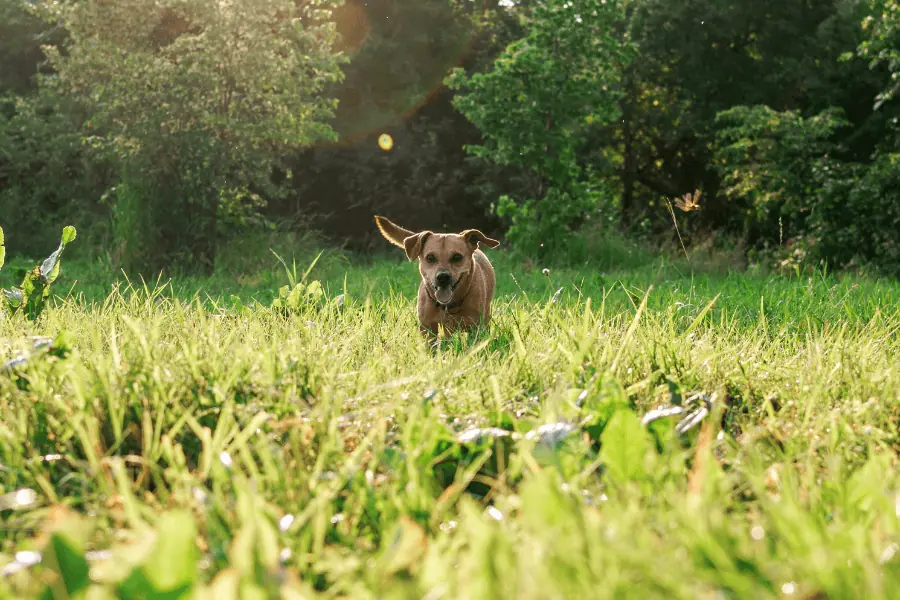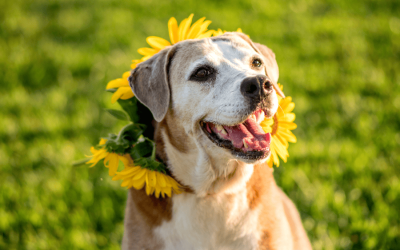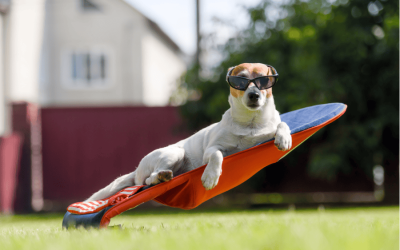As dog walkers, we hold a unique and cherished role in the lives of the dogs we care for and their owners. We are entrusted with the responsibility of ensuring the safety, health, and happiness of these beloved family members. This responsibility becomes even more critical during extreme weather conditions, such as the sweltering heat of summer. The well-being of the dogs in our care must always be our top priority, and it is up to us to make informed decisions that protect them.
The Responsibilities of a Dog Walker
1. Health and Safety: The primary duty of a dog walker is to ensure the health and safety of the dogs in their care. This involves understanding each dog’s specific needs, such as their exercise requirements, dietary restrictions, and any medical conditions they may have.
2. Exercise and Stimulation: Dogs need regular exercise and mental stimulation to stay healthy and happy. As dog walkers, we provide them with the physical activity they need, while also engaging them in activities that stimulate their minds.
3. Monitoring and Reporting: It is crucial to monitor the dogs for any signs of distress or illness and report these to the owners promptly. This includes recognizing symptoms of heatstroke, dehydration, or injury.
4. Adapting to Weather Conditions: Extreme weather conditions, such as high summer temperatures, require us to adjust our schedules and routines to ensure the dogs’ safety. This may involve walking dogs during cooler parts of the day or shortening walks to prevent overheating.
The Impact of Summer Heat on Dog Walking
The intense heat of summer poses significant risks to dogs, including heatstroke, dehydration, and burned paw pads. As temperatures rise, so do the dangers associated with outdoor activities. It is our duty to stay informed about the weather and make necessary adjustments to protect the dogs in our care.
1. Scheduling Adjustments: During hot weather, it is essential to schedule walks during the early morning or late evening when temperatures are cooler. This minimizes the risk of heat-related illnesses.
2. Hydration: Ensuring that dogs stay hydrated is vital. Carrying water and offering frequent water breaks can prevent dehydration. Additionally, knowing the signs of dehydration, such as excessive panting, drooling, and lethargy, allows us to act quickly if a dog shows symptoms.
3. Paw Protection: Hot pavement can burn a dog’s paw pads. Walking on grass or shaded areas can protect their paws from injury. Additionally, testing the pavement with the back of your hand to ensure it is not too hot is a good practice.
4. Recognizing Heatstroke: Heatstroke is a severe condition that can be fatal if not treated promptly. Symptoms include heavy panting, drooling, vomiting, and collapse. If a dog shows any signs of heatstroke, it is crucial to seek veterinary care immediately.
Making Informed Decisions for the Dogs and Their Owners
Our role as dog walkers extends beyond merely providing exercise. We are entrusted with the care of cherished family members, and it is our responsibility to make decisions that prioritize their health and well-being. This involves open communication with dog owners about potential risks and necessary adjustments to routines during extreme weather.
By staying vigilant and informed, we can ensure that we provide the best care possible for the dogs we walk. Our commitment to their safety and happiness reinforces the trust that dog owners place in us. As guardians of these furry companions, we must always put their needs first, making thoughtful and informed decisions to keep them safe, healthy, and happy, no matter the weather.





0 Comments